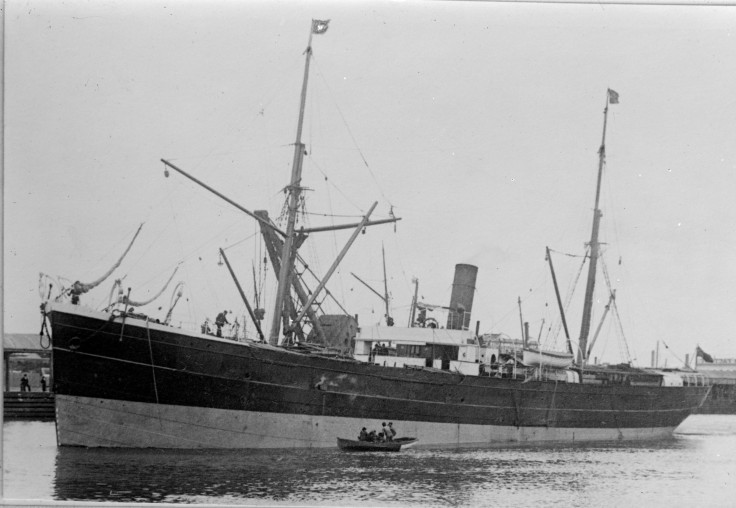Ship That Went Missing Over 100 Years Ago Found Near Sydney
The authorities are now trying to locate the family members of the crew who died in the tragic accident.

An Australian coal ship, which disappeared over 100 years ago with 32 passengers on board, has finally been found off the coast of Australia.
The SS Nemesis disappeared on July 9, 1904 during a storm while it was on its way to Melbourne. It had a crew of 32 people, including Australian, British, and Canadian citizens. The bodies of some of the crew members did wash up on Cronulla Beach at the time, but the ship's wreckage could not be traced.
Subsea Professional Marine Services reportedly stumbled upon its wreckage in 2022, but it took them months to verify that the ship was the SS Nemesis.
The wreckage was lying 26 km off-shore, 160 metres underwater on the sea floor off the coast of the Sydney area. The Commonwealth Scientific and Industrial Research Organisation (CSIRO) carried out intense research and investigation to confirm the ship's identity.
It used advanced multibeam echosounders to map the wreckage and underwater cameras to capture high-resolution images of the ship. The researchers later used these images for identification.
The New South Wales (NSW) Ministry of Environment and Heritage confirmed the development over the weekend. "The 120-year-old mystery of SS Nemesis and the 32 crew members lost at sea has been solved," read a statement from government officials.
The search for sunken shipping containers unexpectedly solved the mystery of the SS Nemesis, a steamship that sunk in 1904. pic.twitter.com/x4SASouNa5
— Newsweek (@Newsweek) February 26, 2024
The authorities are now trying to locate the family members of the crew who died in the tragic accident. According to a report in the Independent, around half of the crew on board the ship were from the UK, including its captain, Alex Lusher.
Several similar incidents have been reported from across the world over the last few years.
In 2022, a US exploration team managed to successfully find a US Navy destroyer that had sunk during World War II. The shipwreck was found nearly 7,000 metres below sea level off the coast of the Philippines.
The USS Destroyer Escort Samuel B. Roberts (DE-413), also referred to as the Sammy B, was found after days of continuous efforts in June 2022.
The mission was carried out by a Texas-based undersea technology company, Caladan Oceanic, whose founder, Victor Vescovo, is an explorer himself. He has completed similar expeditions to the world's deepest points in the past.
The ship went down during a battle in 1944 when the US forces fought to liberate the Philippines, then a US colony. The intense battle near the central island of Samar eventually led the Japanese Imperial Navy to withdraw its forces.
Its crew had awaited rescue for almost three days before some of them perished from wounds and shark attacks, according to US Navy records. Of the 224-man crew, 89 people were killed during the battle.
The ship sits 22,621 feet deep in the Philippine Sea, which is equivalent to roughly 51 Empire State buildings. It was found split in half and lodged on a slope at the sea floor. "Resting at 6,895 meters, it is now the deepest shipwreck ever located and surveyed," tweeted Vescovo who found the wreck along with his team.
According to a report in the BBC, 98% of the world's ocean bottom is less than 6,000m deep, making the discovery of Sammy B an extraordinary feat. The wreckage of the most famous ship, the Titanic, lies in just about 4,000 metres of water.
Vescovo's company had managed to find the USS Johnston at a depth of 6,469 metres last year. It was considered the deepest wreck ever identified before Sammy B.
In 2016, marine archaeologists in Sweden found the wreckage of a 300-year-old warship close to the naval port of Karlskrona. The vessel, known as the Blekinge, is thought to have roamed the sea in the late 17th century and had been used in battles against Denmark and Russia.
The Karlskrona naval base was built in the aftermath of a war between Sweden and neighbouring Denmark, the Scanian War, which took place between 1675 and 1679.
© Copyright IBTimes 2025. All rights reserved.






















